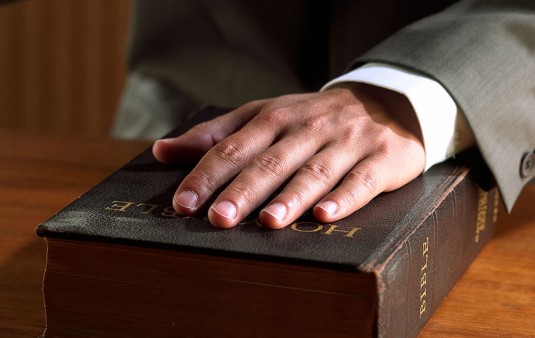Defamation

Defamation is the act of tarnishing another person’s reputation. There are two kinds of defamation: slander and libel. These differ in the way the defamation is delivered. Slander is spoken – the defamation is vocalized. Libel on the other hand is defamation by printing or broadcasting. Both slander and libel have the same features in that they both make factual assertions which cannot be supported by actual evidence. Defamation does not hinder or affect the voicing of one’s opinions and usually the right of free speech is involved.
Brief Historical Background
Prior to the 1300s, the punishments for defamation were quite obscure and remained solely in the hands of the Church courts. As the common law was based so physical in nature, it was not until years later that the offense (which is based on words) was created. The common law for defamation didn’t really appear until the 1500s. In 1507, the first defamation case is recorded was brought to the King’s court. By that time, 3 categories of defamation were in existence: words that accuse someone of a criminal offense; words that accuse another of incompetence at their job and; words that accused someone of having an ailment or disease. By the middle of the 1500s, courts were inundated with defamation cases, causing judges to limit what were considered actions of defamation as well as creating rules surrounding defamation cases. In the late 1600s, the classification of how the defamation occurred, ie spoken versus in writing, began to become popular. Defamation through written text had always been judged harder, but was becoming more uniform. Defenses had also become more and more uniform.
Defamation is still very popular within the court system today and it regularly involves celebrities who claim their reputations have been tarnished by statements made by magazines and newspapers.
Precedent Setting Cases
There is a landmark case that the Supreme Court made that is considered the most important and influential on American rights to freedom of speech. A half a century later, the case of New York Times Co. versus Sullivan still has influence on most cases from how we tolerate speech and accept debate right up to how we define privacy, indecency and obscenity. This case has been vital to forge rules for access to public places, commercial speech, public meetings and the rights to free speech for many professions. In the 1950s, an Alabama city commissioner (Sullivan) felt he was libeled in a sponsored advertisement in the New York Times. Sullivan claimed that the ad highlighted harassment and crimes against black people as well as civil rights leaders that were supported (and sometimes approved of) by certain government officials. While Sullivan was not identified in the ad, he still felt he faced criticism. Sullivan filed a defamation suit and was successful. The Supreme Court took over the case and imposed a new standard for dealing with defamation of a public official. This decision has even influenced the way journalists and reporters could operate as well. It has it changed the way news-gathering, criticism and commentary can be displayed in print.
Defenses
There are some circumstances which make defamatory statements permissible by law. One defense of defamation is the obvious: the truth. In order for a statement to be considered defamatory, it must be proven false. The best defense for prosecution of slander or libel is proving that the adverse public character statements are in fact true. Another defense is that the defamatory statement was made in good faith and had reasonable belief that the statement was true. Cases using this defense are usually treated similarly to true statements, although sometimes the court may look into the reasonableness of the belief.
Another defense for defamation is privilege and malice. Privilege is used to defend a defamatory action that stemmed from the interest of social importance – a justifiable motive.
